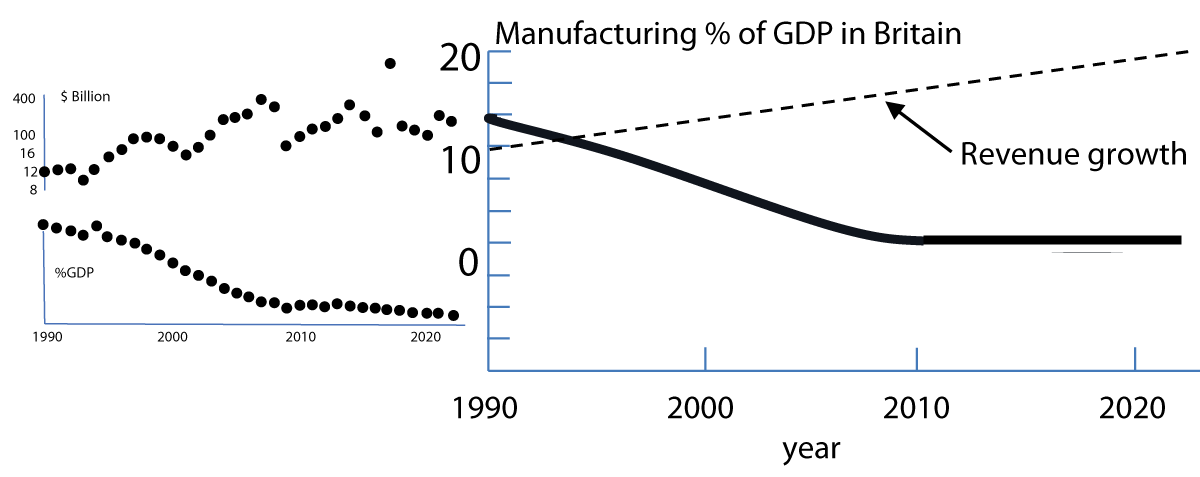The University Sector in the UK is Aligning with the Manufacturing Industry
The Convergence of Universities and Manufacturing in the UK: An Analysis
The landscape of industry and academia in the UK has seen significant shifts over recent decades. This blog post explores the growing convergence between the university sector and manufacturing, reflecting on the trends that signal a possible economic balance between the two by 2050. Using data from recent publications and studies, we delve into how universities are increasingly influencing the economic sphere traditionally dominated by manufacturing.
Historical Overview
Universities in the UK have expanded significantly since the 17th century, growing from a handful of institutions to over 160 in recent times. This increase has bolstered job numbers, with academia now encompassing a wide range of roles beyond teaching, including research, administration, and on-campus support services. This expansion contrasts sharply with the decline in manufacturing employment, which has shrunk from its peak in the mid-20th century.
Present Dynamics
Currently, manufacturing accounts for approximately 8% of the UK’s GDP, a decline from its previous dominance. This drop is attributed to advancements in automation and the move toward higher-tech, leaner production methods. Conversely, universities have not only grown in number but also in economic contribution, with revenues from academia now representing a significant and growing portion of the GDP. The combination of more universities and increased collaboration with industry has created joint research parks and innovation hubs that blur the line between education and practical application.
Future Prospects
Projections indicate that by 2050, the economic contributions of the university and manufacturing sectors may converge, driven by continued university expansion and the stabilization of manufacturing output at current levels. Initiatives like university-affiliated industrial research centers exemplify this trend, such as Sheffield University’s “Factory 2050” and partnerships with major corporations like Boeing and Rolls-Royce.
Challenges and Opportunities
While this convergence presents numerous opportunities, it also brings challenges. The cost of maintaining growth in higher education, the reliance on international students, and the integration of advanced manufacturing technologies all play pivotal roles in shaping the future. Balancing these factors will be crucial for sustainable development that benefits both sectors.
Conclusion
The UK stands at a crossroads where universities and manufacturing, two historically distinct sectors, are beginning to share economic significance. The implications of this convergence could lead to a future where educational institutions not only teach innovation but actively participate in its realization through collaborative efforts with industry leaders.
Tags
- University Sector
- Manufacturing in the UK
- Economic Convergence
- Industry-Academia Collaboration
- Higher Education Trends
- Technological Innovation
- Future of Manufacturing

Left: Original data from [11]; right: Smoothed plot of UK manufacturing output as a percentage of total GDP each year compared to rising revenues shown as broken line.
